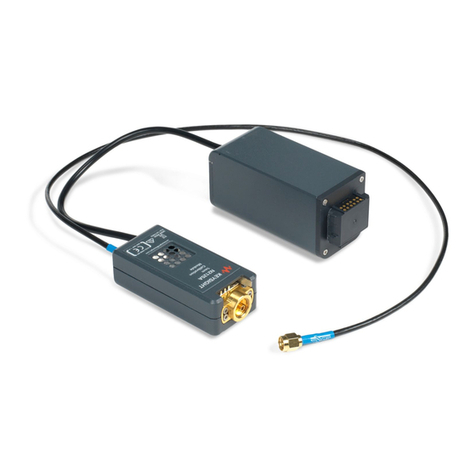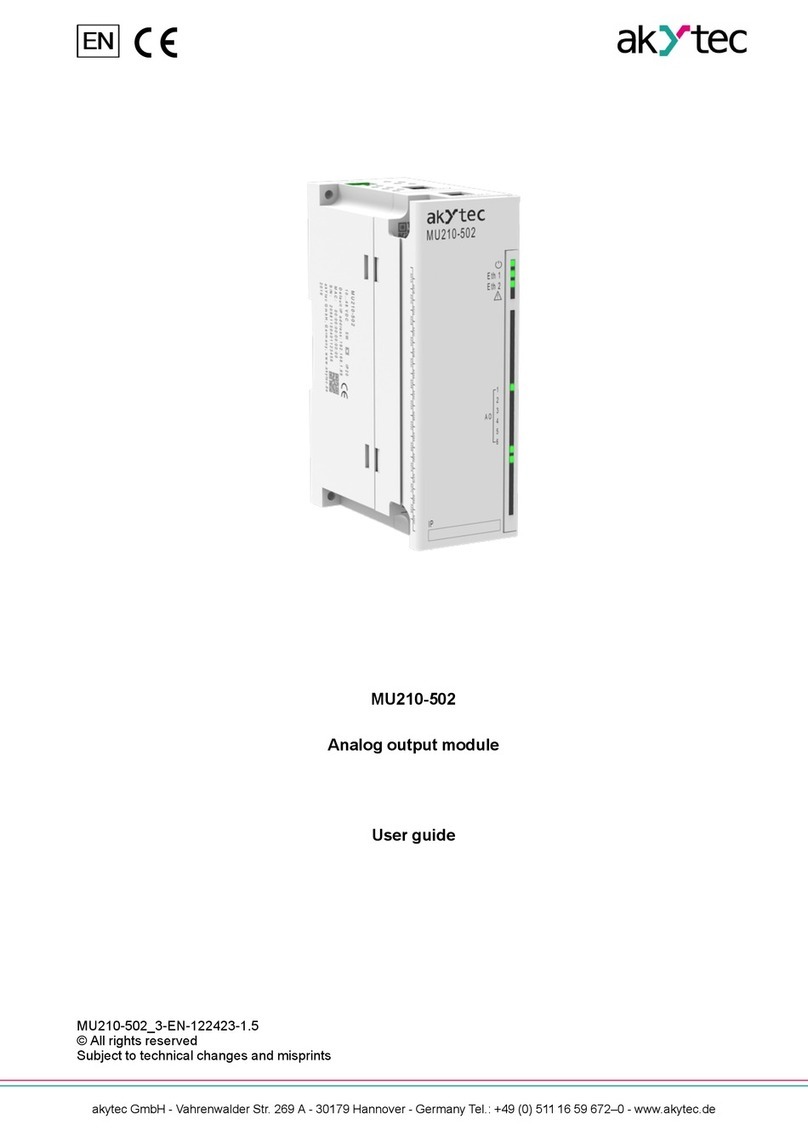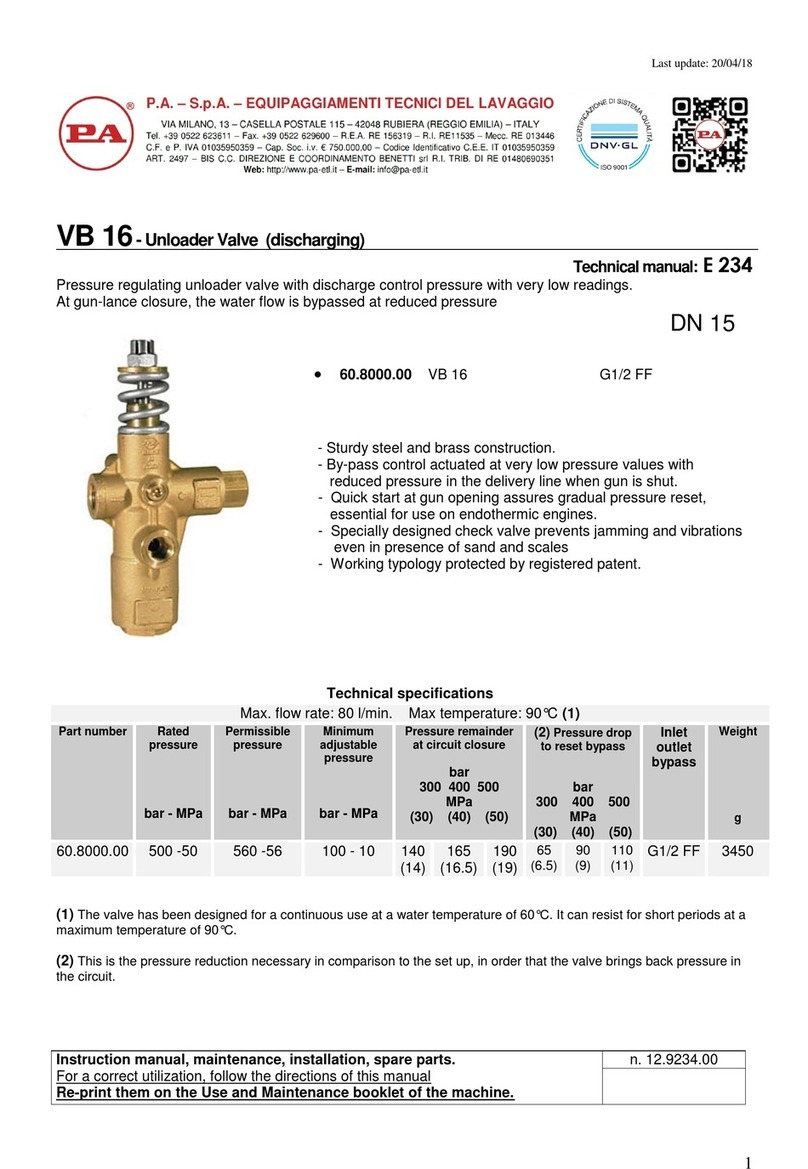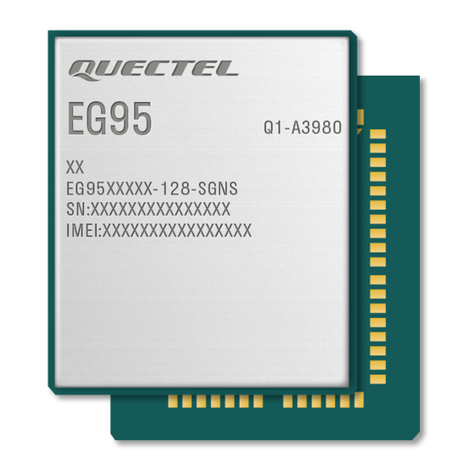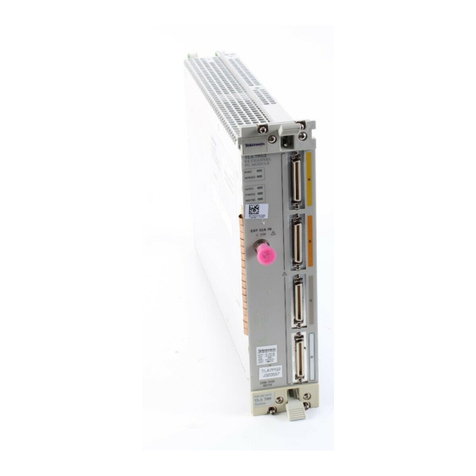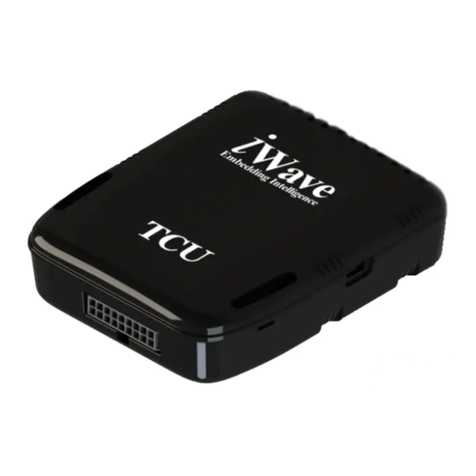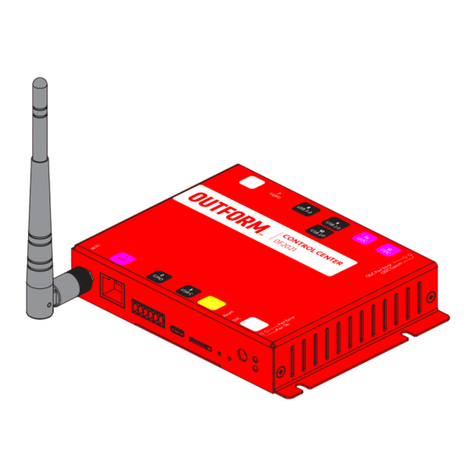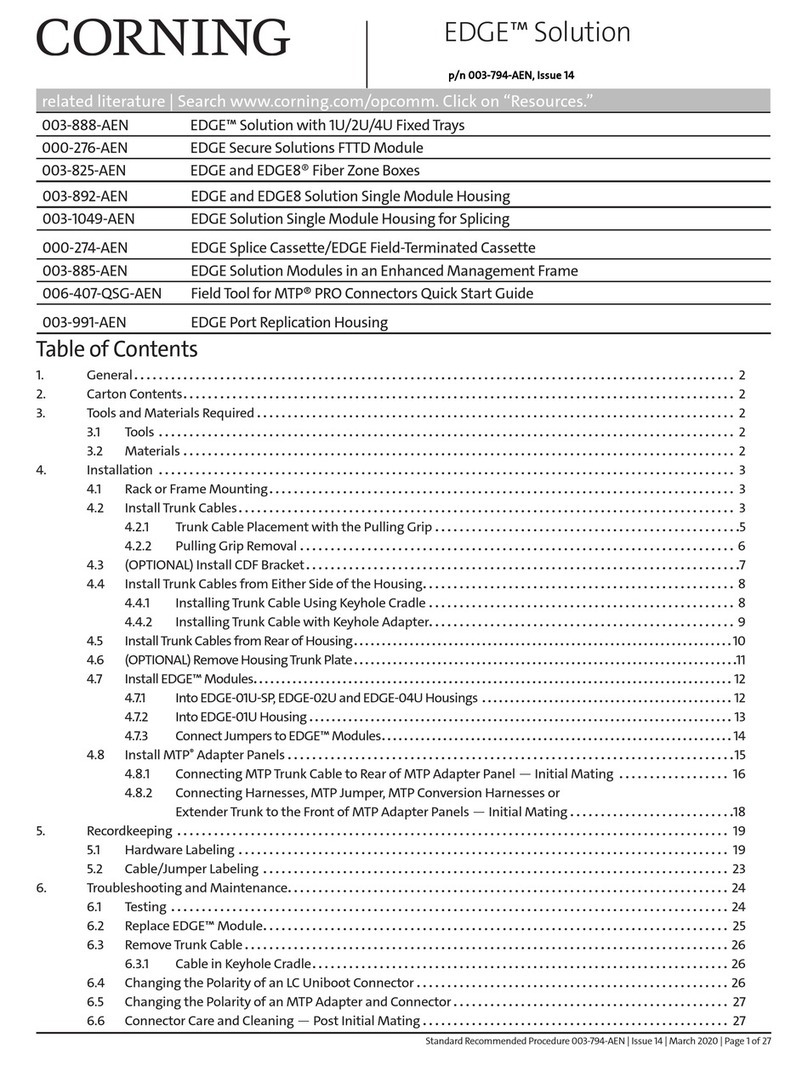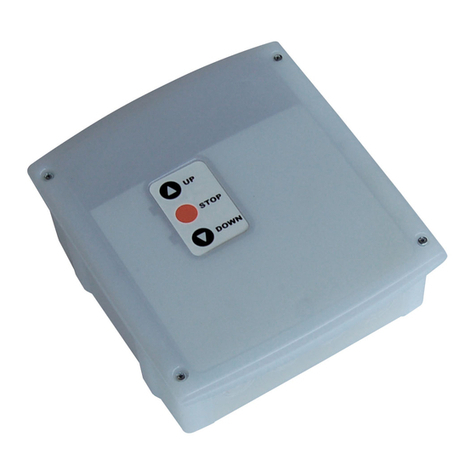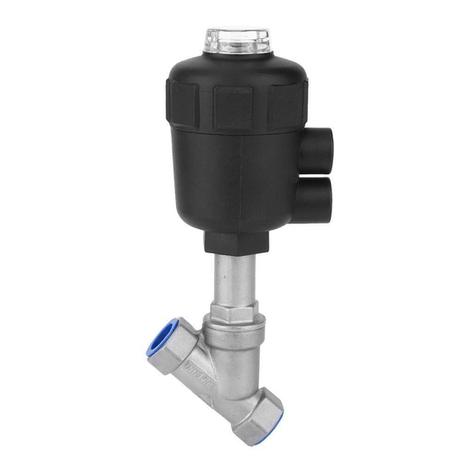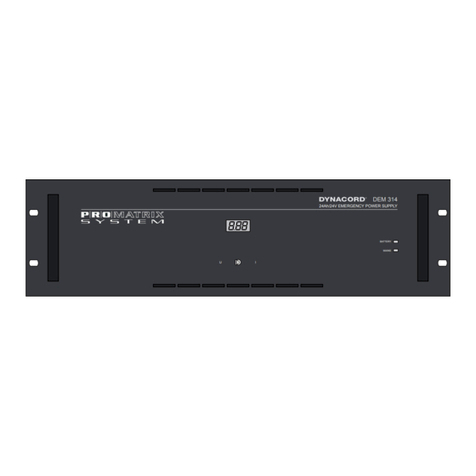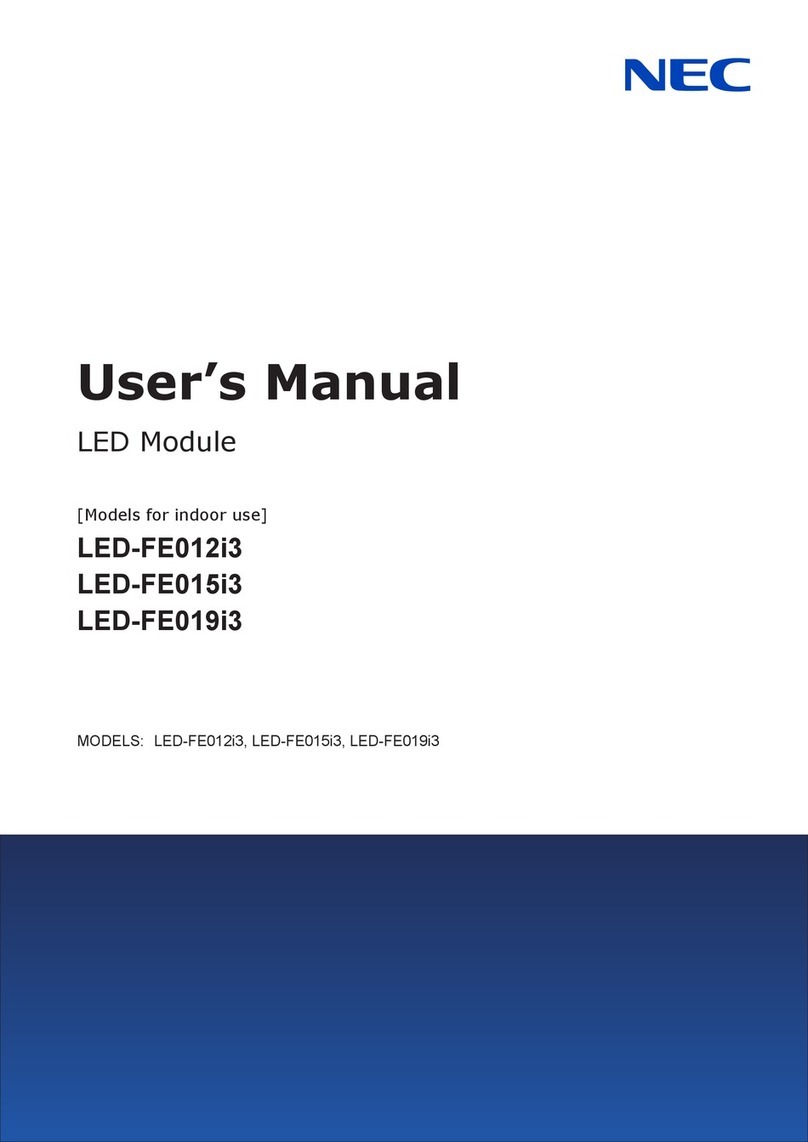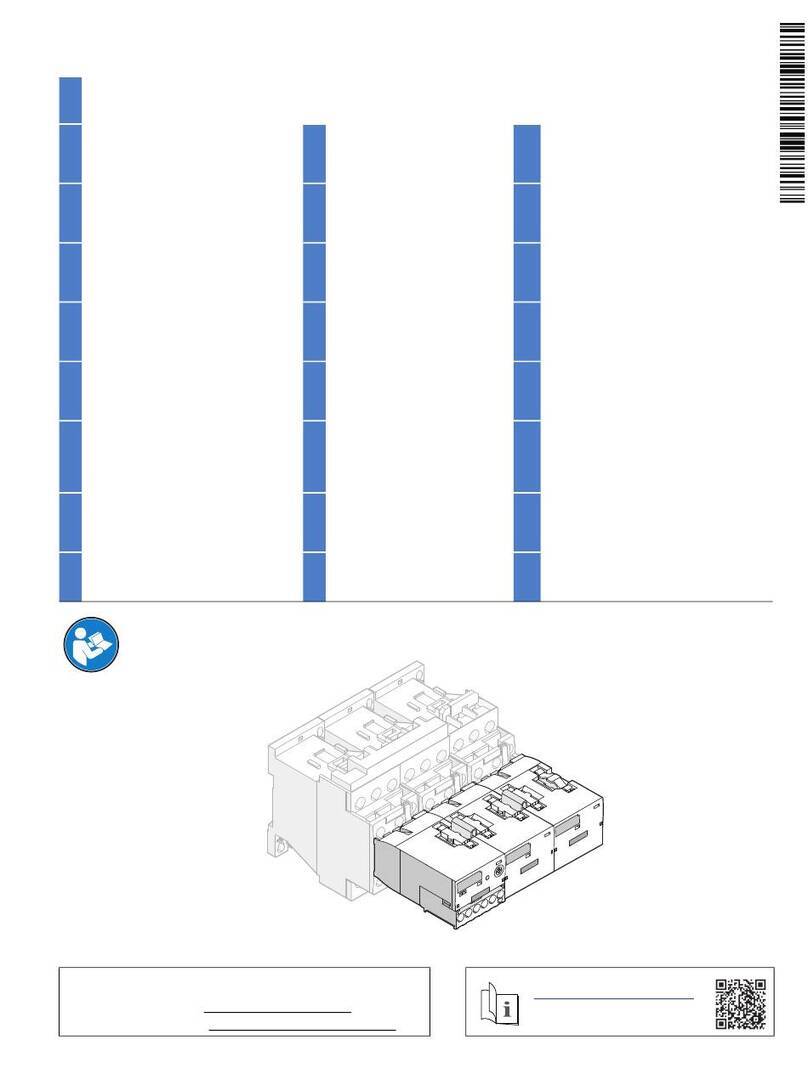steffcorp 2600 VCO User manual

2600 VCO
Build Guide

STEFFCORP 2600 VCO
Introduction 3
Build Instructions and BoM 3
Some prerequisites 3
Equipment 3
2600 VCO Build Instructions 3
1 - Read this 3
2 - The PCBs 3
3 - Stay organized 5
4 - Store galore 5
5 - The right side 5
6 - Consider this 5
7 - Spacers are the best 5
8 - Final tip 6
Trimming 6
© 2017 STEFFCORP 2 Version 1.0

STEFFCORP 2600 VCO
Introduction
Build Instructions and BoM
Please do not link to or redistribute this document without permission from Steffcorp.
For the most recent version of this document please visit http://steffcorp.se
Here is a direct link to the much needed BoM (Bill of Materials): → BOM ←
Some prerequisites
This document consists of instructions assuming you have purchased a ‘2600 VCO
Panel & PCB’ bundle after August 2017. It is also assumed that you have some basic
electronics skills and some experience from soldering both THT (‘through-hole
technology’) and SMT (‘surface-mount technology’).
Equipment
Besides the obvious need for a good soldering station, you will probably need some
tweezers, a small screwdriver and side-cutters. It is also advised to keep some
de-soldering equipment ready, e.g. desoldering braid and solder flux.
2600 VCO Build Instructions
1 - Read this
We believe in every man’s and woman’s right to improvise and plan their work in the
way they see fit. Thus, we do not provide you with a super-detailed step-by-step
manual telling you exactly where to start and stop. Hey, we won’t even tell you when
to take a coffee break! However, we still want to make sure you don’t make any
expensive or time-consuming mistakes. Therefore, we recommend you read this
document in its entirety and especially the following 8 tips before heating up your
soldering iron.
2 - The PCBs
We will refer to the two PCBs as the ‘Front PCB’ (to which the panel will eventually be
mounted and therefore will include the jacks, the pots and the switch) and the ‘Back
PCB’ (which will be oriented towards the back of the module).
© 2017 STEFFCORP 3 Version 1.0

STEFFCORP 2600 VCO
This is the ‘Front PCB’...
...and this is the ‘Back PCB’:
The PCBs are mounted on top of each other, back to back (‘sandwich-style’). The
‘Back PCB’ contains the main circuit, while the ‘Front PCB’ house the controlling
elements, buffers, and the sync-trigger circuit.
© 2017 STEFFCORP 4 Version 1.0

STEFFCORP 2600 VCO
3 - Stay organized
We really don’t advise you to assemble the two PCBs in any particular order. Instead,
we just believe you should keep your working space tidy and organized. And by
organized we also mean planning your work. And check your solder joints as you go.
4 - Store galore
One way of keeping things organized is to bring out just a few components at a time
to avoid mixing them up. Mind you, those SMT parts are tiny…! (We at Steffcorp just
love those small container boxes easily found on ‘aliexpress’ and such places. They
make it really easy to find the part needed in a second)
5 - The right side
This might sound over-obvious, but do make sure you always apply parts to the side
where the silkscreen is. (Silkscreen is referred to as the markings on the component
side of a PCB to identify components, part numbers, logos etc.)
6 - Consider this
OK, so we didn’t want to provide you with any detailed advice on which order you
should solder the components. But then again, we do not want to cause any
frustration so please consider the following, broad guidelines:
Solder all SMT parts before soldering THT.
This is all about making sure you can reach the soldering pads, because on a ‘busy’
PCB, THT components sometimes tend to get in the way.
Then, solder the power headers and the trimmers. (on both PCBs)
Finally, attach the jacks, pots and the switch to the ‘Front PCB’ but do not solder at this
stage. Instead, remove the nuts and mount the panel. Screw the nuts in place but
don’t overdo it just yet. Now carefully turn the PCB with the panel around and solder
all the jacks, pots etc. making sure everything is perfectly aligned.
7 - Spacers are the best
When you have assembled both of the PCBs and you feel it’s time to put them
together you should consider this great tip…
First, assemble the male and female headers. Then apply and fasten the four spacers
on one of the PCBs. Now, fit the assembled headers in their respective holes on one
of the PCBs and ‘lock’ them by mounting the other PCB on top of the spacers. This
way, you can easily solder the headers flush to each PCB.
© 2017 STEFFCORP 5 Version 1.0

STEFFCORP 2600 VCO
8 - Final tip
Another thing to consider is to make sure the four spacers are screwed firmly into
place on the ‘Front PCB’ and that you are able to unscrew the ‘Back PCB’ enabling
you to separate the PCBs should you need to do so (for example when soldering the
jacks and pots). And of course, be careful when separating the male and female
headers.
Trimming
Frequency
Calibration
1. Monitor the Saw output with an oscilloscope or a frequency counter.
2. Set all FM potentiometers to zero.
3. Make sure nothing is plugged into CV.
4. Put FREQ pot to max (fully CW).
5. Put FINE pot to a middle position.
6. Adjust CAL R2 for 10 KHz.
Saw
Adjust
Adjust SAW-DC R19 for no or minimum DC offset.
Triangle
Adjust
1. Adjust TRI-SYM R40 for best TRIANGLE waveform.
2. Adjust TRI-DC R48 for something close to +/- 5V.
Sine Adjust
1. Adjust SINE-PURITY R55 for SINE waveform.
2. Adjust SINE-GAIN R57 for +/- 5V.
1V/OCT
1. Connect keyboard to CV input and press low C (0V).
2. Put the switch in its middle position.
3. Adjust initial FREQ pot and FINE pot for 200 Hz.
4. Press C three octaves higher and adjust 1V/OCT R69 for 1600Hz.
5. Repeat steps 1-3 until low C remains at 200 Hz and C3 remains at
1600 Hz.
OCTAVE
Switch
1. Connect keyboard to CV input and press low C (0V).
2. Put the switch in its middle position.
3. Adjust initial FREQ pot and FINE pot for 200 Hz.
4. Flip the switch up and adjust R63 for 400 Hz.
5. Flip the switch down and adjust R63 for 100 Hz.
© 2017 STEFFCORP 6 Version 1.0
